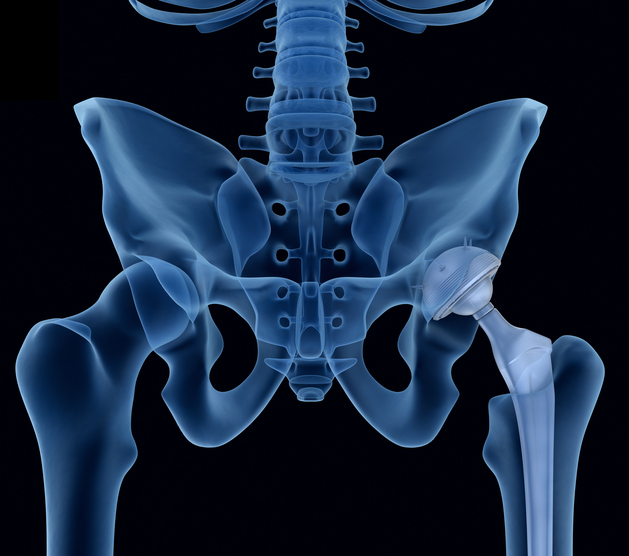Fracture of the Finger
Your hands and wrists are essential tools that allow you to work, play and perform everyday activities. How well the hand and wrist interact depends on the integrity and function of the ligaments, tendons, muscles, joints and bones.
Problems in any of these can affect upper extremity function, causing disruptions at home and work and negatively impacting quality of life.
The human hand itself is very complex and delicate in structure. At some time in life, you may experience hand, finger or wrist pain.
Although the bones in the hand are small, a broken (fractured) finger is not a minor injury. The bones in a normal hand line up precisely. They let you perform many specialized functions, such as grasping a pen or manipulating small objects in your palm. When you fracture a finger bone, it can cause your whole hand to be out of alignment.
Without treatment, your broken finger might stay stiff and painful.
Cause
Generally, a fractured finger occurs as the result of an injury to the hand. You can fracture a finger when you slam your fingers in a door, when you put out your hand to break a fall, or when your finger jams while trying to catch a ball. Carelessness when working with power saws, drills, and other tools can result in a fractured finger.
Symptoms
- Swelling of the fracture site
- Tenderness at the fracture site
- Bruising at the fracture site
- Inability to move the injured finger in completely
- Deformity of the injured finger
Diagnosis
If you think you fractured your finger, immediately tell your doctor exactly what happened and when it happened. your doctor must determine not only which bone you fractured, but also how the bone broke.
Bones can break in several ways: straight across the bone, in a spiral, into several pieces, or shatter completely.
your doctor may want to see how your fingers line up when you extend your hand or make a fist.
- Does any finger overlap its neighbor?
- Does the injured finger angle in the wrong direction?
- Does the injured finger look too short?
your doctor may x-ray both of your hands to compare the injured finger to the uninjured finger on your other hand.
Treatment
Nonsurgical Treatment
your doctor will put your broken bone back into place, usually without surgery.
You will get a splint or cast to hold your finger straight and protect it from further injury while it heals. Sometimes your doctor may splint the fingers next to the fractured one to provide additional support.
your doctor will tell you how long to wear the splint. Usually a splint on a fractured finger is worn for about 3 weeks.
You may need more x-rays over this time so that your doctor can monitor the progress of your finger as it heals.
Surgical Treatment
Depending on the type and severity of the fracture, you may need surgery to put the bones into alignment. Small devices, such as pins, screws, or wire, will be used to hold your fractured bones together.






